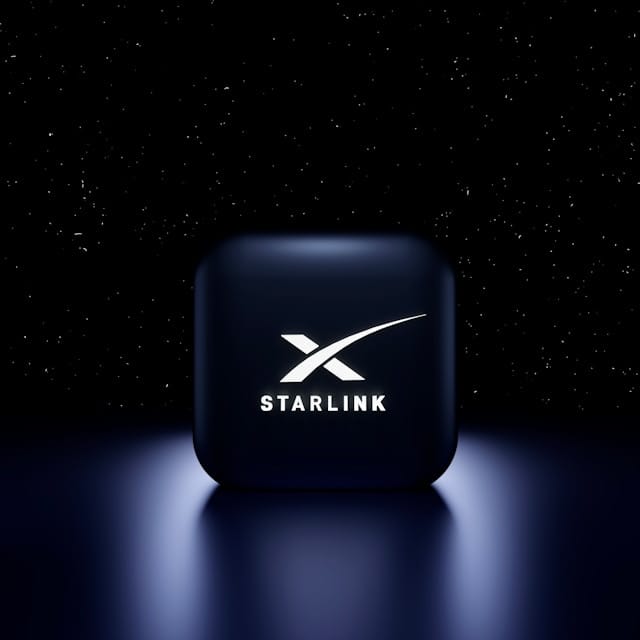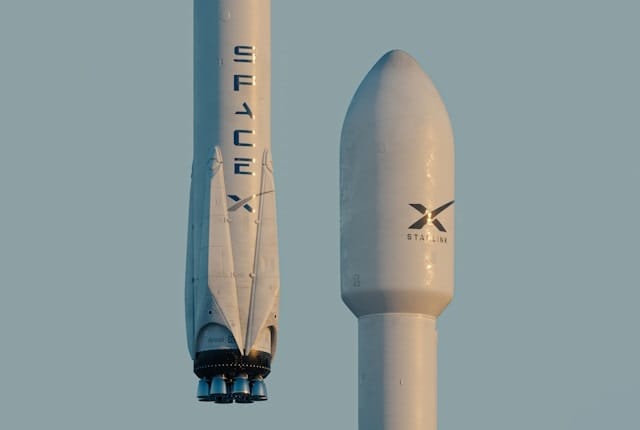Starlink internet speed has become a game-changer in the field of satellite internet, promising high-speed internet to rural, remote, and underserved areas worldwide. The innovative satellite network, developed by Elon Musk’s SpaceX, aims to provide fast, reliable, and affordable internet by utilizing a constellation of low Earth orbit (LEO) satellites. This new approach to satellite internet promises faster speeds, lower latency, and improved accessibility. For anyone curious about satellite internet performance or considering switching to Starlink, understanding Starlink internet speed is essential.
Starlink internet speed is particularly appealing for people living in areas where fiber optic or cable internet is unavailable. Traditional satellite internet has often been associated with high latency and low speeds, but Starlink is changing that narrative. By reducing the distance between satellites and Earth, Starlink is improving data transfer rates and making satellite internet a viable option for applications that require high-speed connections. In this article, we will delve deep into Starlink internet speed, how it compares to other types of internet, and its potential to revolutionize internet access across the globe.
Let’s explore everything you need to know about Starlink internet speed and why it’s capturing so much attention.
What is Starlink Internet Speed?
Starlink internet speed is determined by several factors, including satellite positioning, network infrastructure, and user demand. Starlink’s network of low Earth orbit satellites orbits much closer to the planet than traditional geostationary satellites. This proximity results in faster data transfer rates and significantly reduced latency. Initial tests have shown that Starlink internet speed can range from 50 Mbps to over 150 Mbps, with some users reporting speeds up to 200 Mbps or more.
The Basics of Starlink Speeds
Starlink’s promise of high-speed satellite internet comes from its unique LEO satellite constellation. In contrast to conventional satellite providers, Starlink’s satellites orbit Earth at approximately 340 miles above the surface, enabling faster data transmission and reduced latency.
Starlink Download Speed
Download speed is one of the most critical aspects of internet service quality, especially for streaming, gaming, and other high-bandwidth activities. Starlink download speed can vary based on user location and network demand but typically ranges between 50 Mbps and 150 Mbps. Many early adopters have experienced speeds up to 200 Mbps, making Starlink competitive with broadband internet.
How Starlink Download Speed Compares
When comparing Starlink download speed to traditional satellite providers, Starlink stands out. Traditional providers often struggle to deliver consistent speeds above 25 Mbps, whereas Starlink offers a much faster experience due to its low Earth orbit satellite constellation.
Starlink Upload Speed
Upload speed is equally essential for activities like video conferencing, online gaming, and cloud-based work. Starlink upload speed typically ranges from 10 Mbps to 40 Mbps, depending on location and network traffic. While Starlink’s upload speeds may be slightly lower than download speeds, they still outperform traditional satellite internet in most cases.
Upload Speed Impact on Remote Work
For users who rely on upload-heavy activities, Starlink upload speed is adequate for high-definition video calls, large file transfers, and more. The relatively stable upload speeds make Starlink a strong choice for professionals in rural or remote areas.
Latency: How Starlink Internet Speed Stands Out
Latency, or the delay in data transmission, is often a significant concern with satellite internet. Traditional satellite internet has latency exceeding 600 ms due to the high altitude of geostationary satellites. However, Starlink latency is significantly lower, averaging between 20 ms and 40 ms. This low latency makes Starlink suitable for online gaming, video conferencing, and real-time applications, which were previously difficult on satellite internet.
The Role of Low Latency in Starlink’s Success
Starlink latency levels are close to those of wired broadband connections, providing a smoother and more responsive internet experience. For many users, this reduced latency makes a noticeable difference in usability, especially in tasks that require real-time data.
Starlink Speed Test Results
Conducting a Starlink speed test provides users with real-time data on their connection’s performance. Many speed tests conducted by users around the world report download speeds between 50 Mbps and 200 Mbps, with upload speeds of 10–40 Mbps and latency around 20–40 ms.
Understanding Speed Test Variations
Speed test Starlink results may vary due to factors like user location, time of day, and network congestion. As more users join the network, speed may fluctuate until additional satellites are deployed to balance demand.
Factors Affecting Starlink Internet Speed
Several factors impact Starlink internet speed, including user location, weather conditions, satellite coverage, and network congestion. Because Starlink uses a satellite constellation rather than a single satellite, it can provide continuous coverage, but speed can still be affected by peak usage times.
Geographic Location and Weather
Starlink’s performance can be influenced by weather, with heavy rain, snow, or other severe weather conditions causing temporary disruptions. However, the system is designed to handle various climates, and users generally experience stable speeds under normal weather conditions.
Starlink Residential Internet Speeds
Starlink’s primary focus is on residential users, with Starlink residential speeds currently ranging from 50 Mbps to 200 Mbps in most areas. Starlink has launched high-performance tiers aimed at those needing faster speeds and lower latency.
High-Performance Starlink for Businesses
For small businesses or users who need more robust internet performance, high performance Starlink offers upgraded service options. These plans aim to provide higher speeds and lower latency, particularly suited for commercial and high-demand users.
How Starlink Internet Speed Compares to Traditional Internet
When compared to fiber, DSL, and cable, Starlink internet speed holds its own in terms of download and upload speeds, although it may not surpass fiber in all cases. However, in areas where fiber or cable is unavailable, Starlink’s speed and low latency offer an attractive alternative to slow or inconsistent internet connections.
Satellite Internet vs. Starlink
Unlike traditional satellite providers that struggle with high latency and limited speeds, Starlink offers more competitive speeds, making satellite internet a more viable option than ever before. With download speeds up to 200 Mbps, star link internet speed can handle streaming, online gaming, and other data-intensive applications.
Pros and Cons of Starlink Internet Speed
Starlink’s unique infrastructure offers several benefits, but there are also challenges. Here’s a quick look at the pros and cons of Starlink internet speed:
Pros
- High download and upload speeds
- Low latency suitable for gaming and video calls
- Expanding coverage in remote and underserved areas
Cons
- Speeds may fluctuate based on network congestion
- Service disruptions during extreme weather conditions
- Limited availability in certain regions
Future of Starlink Internet Speed and Network Expansion
Starlink is continually expanding its satellite network to improve coverage and speed. SpaceX plans to add thousands of additional satellites to increase bandwidth and support more users, which will likely result in faster speeds and greater reliability for existing and future users.
Starlink’s Potential Impact on Global Connectivity
As Starlink’s constellation grows, starlink internet speed will improve, offering more consistent speeds and reliability. This expansion will allow Starlink to reach even more users in remote locations, bringing high-speed internet to underserved communities and bridging the digital divide.
Conclusion
Starlink internet speed is redefining satellite internet by offering high speeds, low latency, and improved accessibility. For individuals in rural and remote locations, Starlink internet speed provides a viable alternative to traditional satellite and slower internet options, enabling access to fast internet for work, education, and entertainment. With plans for further expansion and enhancements, Starlink continues to push the boundaries of what satellite internet can achieve. As more users adopt Starlink and additional satellites are deployed, the future of satellite internet looks promising, with Starlink at the forefront.
Starlink’s impact on global connectivity cannot be overstated, as it brings high-speed internet to locations previously underserved or entirely offline. As technology advances and more satellites are launched, Starlink internet speed will likely continue to improve, making it an increasingly attractive option for users around the world.






